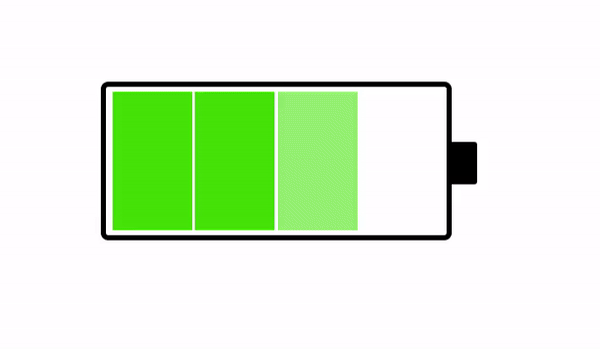Annex 1 of the Enforcement Decree of Tourism Promotion Act stipulates the following registration standards for general campsite business:
- It must be located in a safe area with no risk of flooding, erosion, isolation, landslides, or falling rocks.
- A facility layout, usage instructions, and emergency response guidelines must be posted in a visible location for users.
- Facilities or equipment must be provided to alert users in case of an emergency.
- Adequate fire extinguishers must be secured and placed in visible locations, considering the size of the campsite.
- Evacuation shelters and routes must be secured inside or outside the campsite to prepare for emergencies.
- Managers familiar with emergency response procedures must be present during the open hours of the campsite.
- Campsite facilities must be installed with minimal alteration to the natural ecosystem and landscape. The types of facilities that can be installed in the campsite are determined by the Ministry of Culture, Sports and Tourism.
- The total floor area of buildings (as defined in Article 2, Paragraph 1, Item 2 of the Building Act) installed in the campsite must be less than 10% of the total campsite area. However, this does not apply if the campsite business utilizes facilities and properties of schools closed due to a decrease in student numbers or school consolidation (provided the area of the existing closed school property is not increased).
- In addition to the above, if a campsite is established in a conservation management area under Article 36, Paragraph 1, Item 2 of the National Land Planning and Utilization Act or in a conservation green area under Article 30, Paragraph 4, Item 1 of the same Act, the following conditions must be met. However, this does not apply if the campsite business utilizes closed school properties without new construction or expansion of roads leading to the campsite entrance:
- The total area of the campsite must be less than 10,000 square meters.
- The total floor area of buildings installed in the campsite must be less than 300 square meters and less than 10% of the total campsite area.
- Campsites located within a drainage area as defined in Article 15, Paragraph 1 of the Sewerage Act must discharge sewage into the public sewer system once its use begins under Article 27 of the same Act. Exceptions apply as specified in Article 28 of the Sewerage Act.
- The campsite boundary must be landscaped to minimize environmental and landscape impact.
- The campsite must be designed to prevent damage such as slope collapse and soil erosion.
- The space for setting up camping tents must be at least 15 square meters per tent.
- Sewerage facilities and toilets must be available to prevent inconvenience for campers.
- Roads must be secured to transport users in case of emergencies.
Additionally, for temporary general campsite business operating within a period of up to four months per year without altering the land’s form at beaches under Article 2, Paragraph 1 of the Beach Use and Management Act or amusement parks under Article 2, Pragraph 1, Item 2 of the Enforcement Decree of the National Land Planning and Utilization Act, the following relaxed standards apply:
- It must be located in a safe area with no risk of flooding, erosion, isolation, landslides, or falling rocks.
- A facility layout, usage instructions, and emergency response guidelines must be posted in a visible location for users.
- Facilities or equipment must be provided to alert users in case of an emergency.
- Adequate fire extinguishers must be secured and placed in visible locations, considering the size of the campsite.
- Evacuation routes must be secured for emergencies.
- Managers familiar with emergency response procedures must be present during the open hours of the campsite.
- The space for setting up camping tents must be at least 15 square meters per tent.
- Sewerage facilities and toilets must be available to prevent inconvenience for campers.
- Roads must be secured to transport users in case of emergencies.

